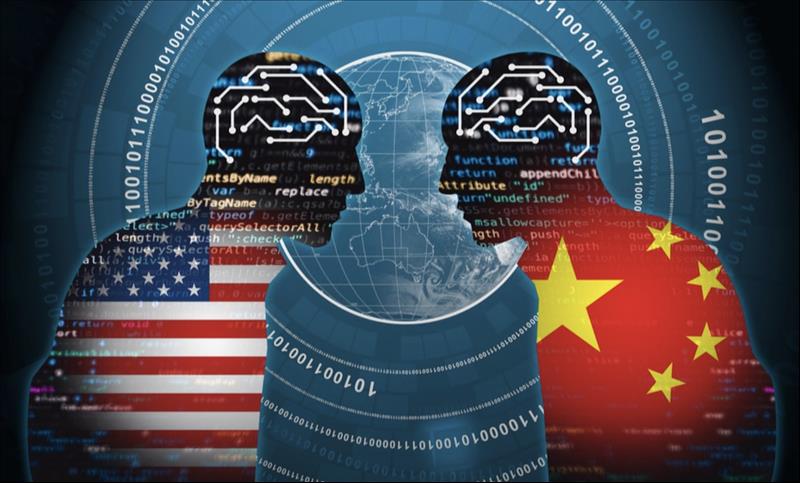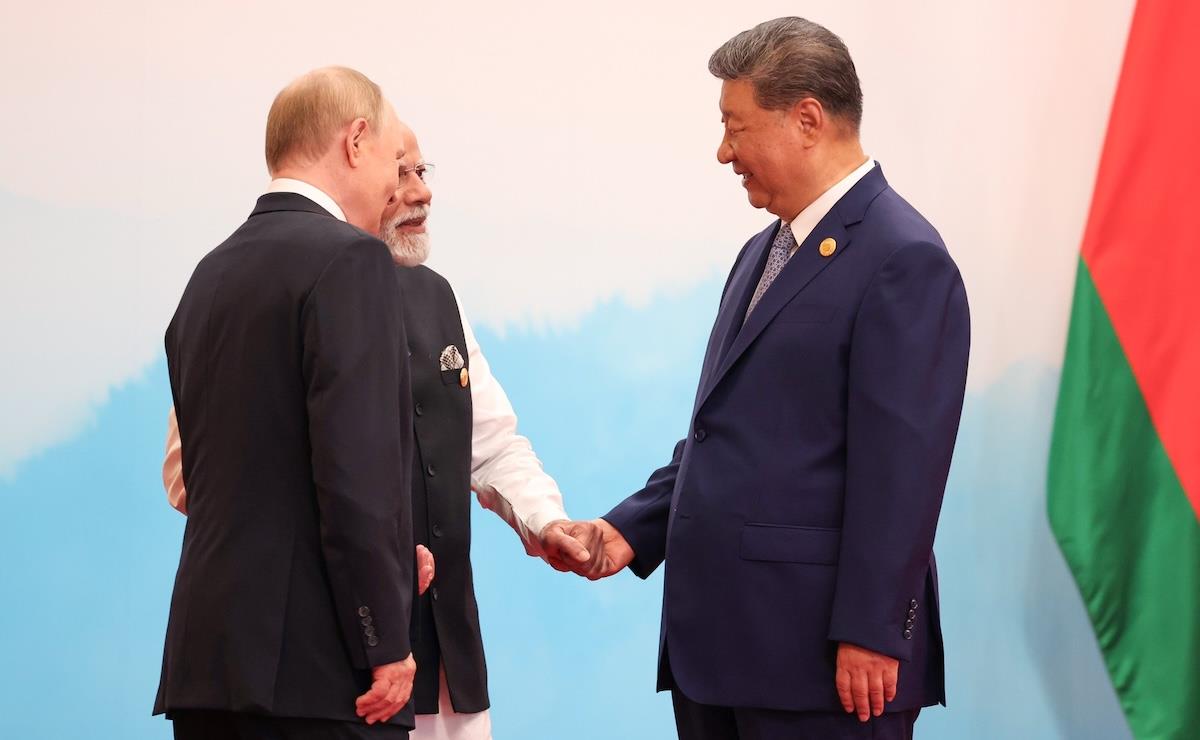America's Misplaced Priorities Risk Ceding The Century To China
The proposed sale of TikTok to a US consortium, including Oracle and other Silicon Valley heavyweights , is being touted as a victory for American control over the platform's algorithms and user data.
However, this deal brings into focus a much broader and more concerning reality: the US-China relationship is not just about trade or politics anymore, but about an evolving tech war that, in many ways, constitutes a soft power incursion by China.
China's playbook for waging a soft power war has been clear for decades, while the United States remains entangled in outdated policies that prioritize the interests of trillion-dollar companies and university tuition dollars over the integrity of national security.
China's three-step strategy began gaining traction in the 1990s, when Beijing leveraged its vast, government-controlled market to compel foreign companies into joint ventures, transferring critical know-how as foreign experts trained Chinese counterparts.
By 2015, over 6,000 new joint ventures had funneled $27.8 billion in foreign investment , rapidly advancing China's technological capabilities.
The next step saw China using its own resources and talent to replicate foreign technologies. By studying imported innovations and learning directly from Western experts, Chinese firms reverse-engineered and adapted these technologies to local needs, rapidly scaling production and building domestic capabilities without relying on foreign expertise.
The final step has been to achieve technological parity or even surpass Western competitors while retaining full control over its large domestic market and no longer ceding access or influence to foreign companies.
To accomplish this, Beijing has pursued technological self-sufficiency and indigenous innovation, investing heavily in R&D and leveraging homegrown talent and resources. This strategy has allowed China to innovate or replicate more efficiently and cost-effectively.

Legal Disclaimer:
MENAFN provides the
information “as is” without warranty of any kind. We do not accept
any responsibility or liability for the accuracy, content, images,
videos, licenses, completeness, legality, or reliability of the information
contained in this article. If you have any complaints or copyright
issues related to this article, kindly contact the provider above.
Most popular stories
Market Research

- Kucoin Presents Kumining: Embodying Simple Mining, Smart Gains For Effortless Crypto Accumulation
- 1Inch Becomes First Swap Provider Relaunched On OKX Wallet
- Cregis Joins TOKEN2049 Singapore 2025
- Leverage Shares Launches First 3X Single-Stock Etps On HOOD, HIMS, UNH And Others
- Blockchainfx Raises $7.24M In Presale As First Multi-Asset Super App Connecting Crypto, Stocks, And Forex Goes Live In Beta
- BILLY 'The Mascot Of BASE' Is Now Trading Live On BASE Chain


























Comments
No comment